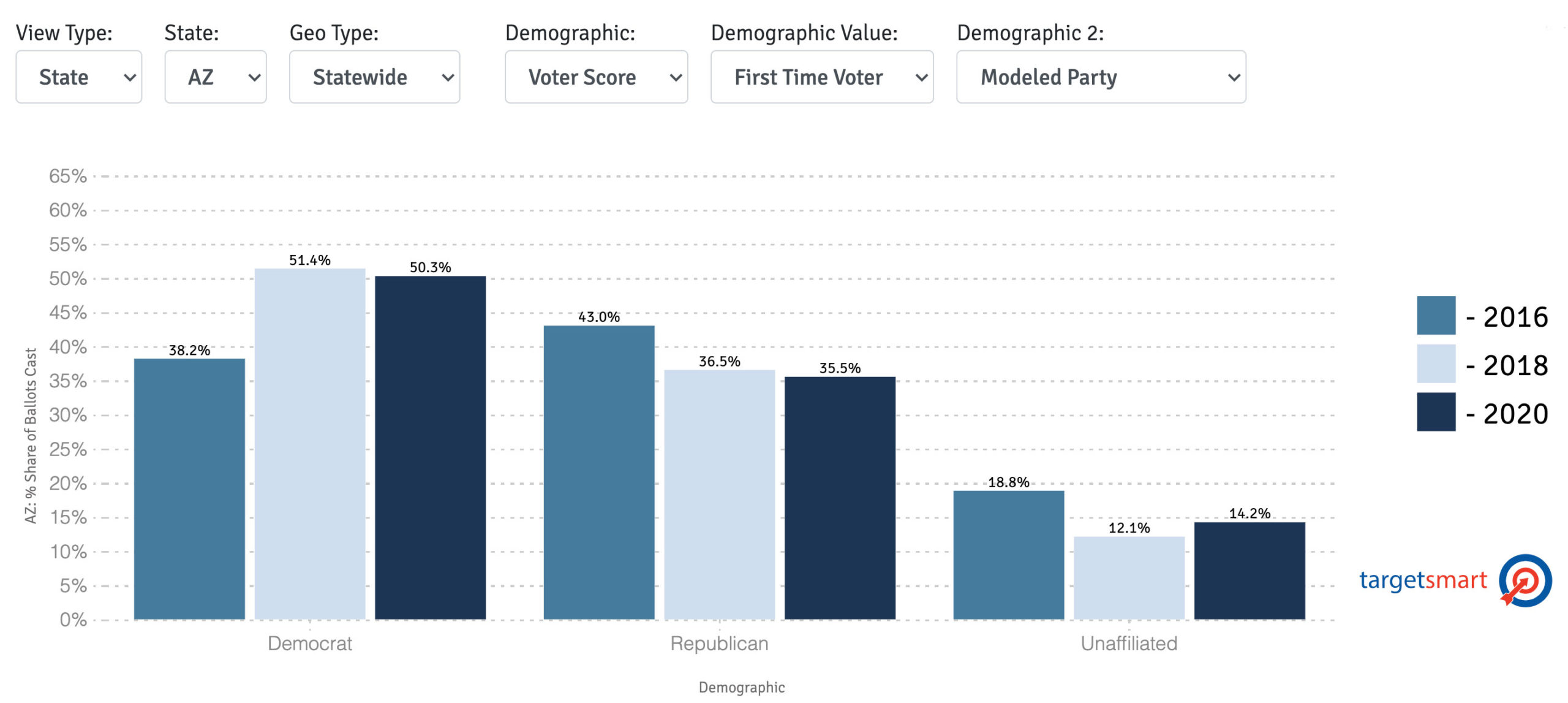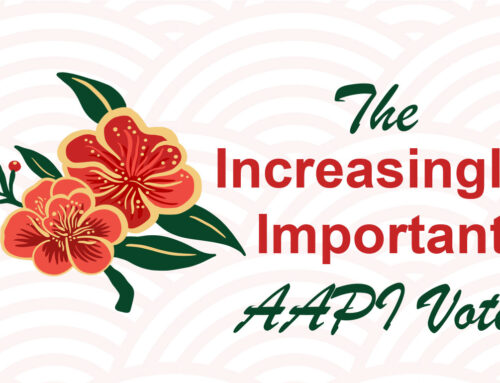TargetSmart Insights
Friday, October 30, 2020
Heading into the final home stretch we’ve added some additional functionality to our TargetEarly tool to help you analyze the historic early vote numbers.
In 2016 we learned a lot about how to analyze early vote numbers. While the topline numbers may attract the most attention, to analyze the impact of early vote we need to have a granular understanding of exactly who is voting, and how that compares to previous cycles.
To that end, on TargetEarly, you can now compare this year’s early vote to the final early vote tally from 2016 as well as the final election tally. You can still cut the data hundreds of ways, based on age, education, vote score, party registration, gender and much more.
We also know that with redistricting on the horizon, state legislative races are more important than ever. We have now given users the ability to sort data by State House and Senate Districts, in addition to State, Congressional District and County.
And with that, here’s a close look at three key western states: Arizona, Nevada and Texas…
Arizona
Voters have cast more than 85% of the total votes counted statewide in the 2016 general election. A full 33.5% or 742,642 votes cast thus far are from people who did not vote in 2016 – that’s more than 5% higher than the national average.
Of those voters who didn’t vote in 2016, Democrats have a 48% – 42% advantage based on modeled party ID. Among first-time voters, the difference is even starker: Democrats have a 50% – 35% advantage.

Nevada
Voters have already cast roughly 85% of all votes cast in 2016. Registered Democrats currently hold a 5.7% advantage over Republicans – amounting to more than 40,000 votes.
Of the voters that have already cast a ballot, 44.7% didn’t vote in the 2016 election. Of those non-2016 voters, Democrats have a 4% lead based on party registration.
Trump’s base of non-college educated white voters is down nearly 5%, while college-educated whites is up 3%.
Texas
We all know by now that turnout in Texas is jaw-dropping. This year, more Texans will have voted before Election Day than voted in all of 2016.
When you look under the hood, there are promising numbers for Democrats.
Core Democratic voting blocs, like hispanics and white, college-educated voters are each up 1% while non-college educated whites are down nearly 3% as a share of the overall electorate.
More than 1.1 million voters age 18-29 have already cast a ballot compared to just 520,000 in 2016. Women comprise 54% of the electorate thus far and 1 in 3 voters didn’t cast a ballot in 2016.
On Sunday we’ll share our analysis on how we’re interpreting the early vote heading into the election. In the meantime, for the latest analysis please follow along on Twitter.
For more comprehensive data and analysis visit Insights.TargetSmart.com. For the latest early vote data, visit TargetEarly.TargetSmart.com.





